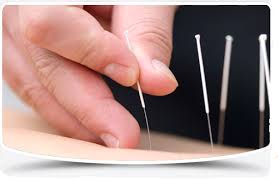“What is Dry Needling?”
Is a question I am asked on a daily basis by confused patients. To tell you the truth, I didn’t know what it was until halfway through my physiotherapy degree. As this technique is becoming ever increasingly popular with physiotherapists, I thought I would share some insight.
Dry needling is the insertion of fine, sterilised acupuncture needles into tight muscle knots (trigger points), in order to release the tightness. Trigger points often occur as a result of neuromuscular dysfunction and in areas of musculoskeletal stress.
Essentially with dry needling we are trying to elicit a local twitch response within the muscle, which are spinal cord reflexes. This twitch causes favourable biomechanical changes which help to improve blood flow to the area and to relax tight/stressed muscle.
Although similar to acupuncture, the theories behind dry needling are quite different. In contrast to most schools of acupuncture, dry needling is strictly based on Western medicine principles and research and is increasingly used in the management of musculoskeletal and sports injuries.
From my experience, dry needling works very well around the neck and upper trapezius muscles. Needling around the hip and lower back can produce excellent results as well.
If you think dry needling could assist your muscular aches and pains, then book an appointment at Watsonia Physiotherapy.

